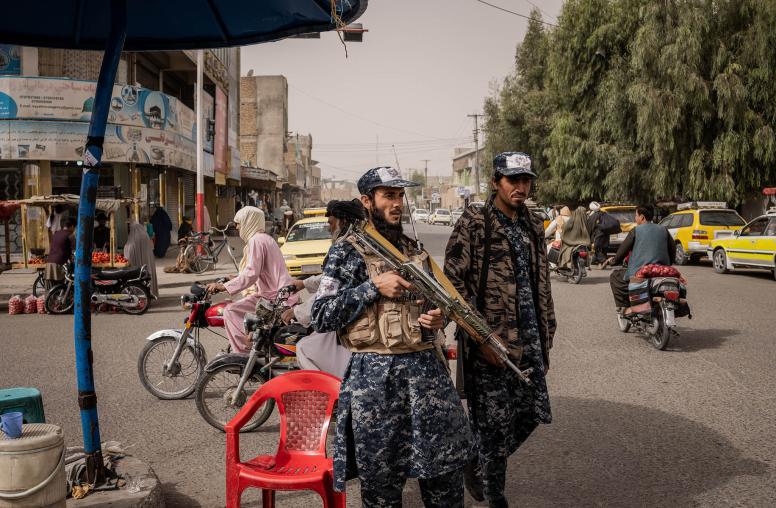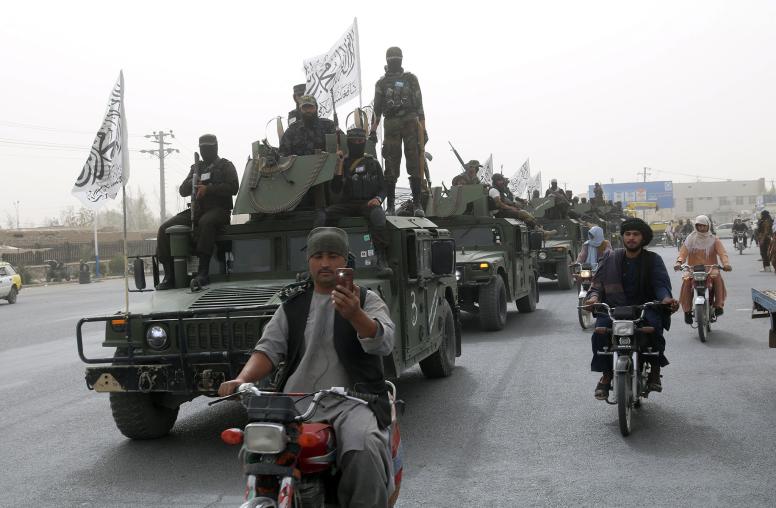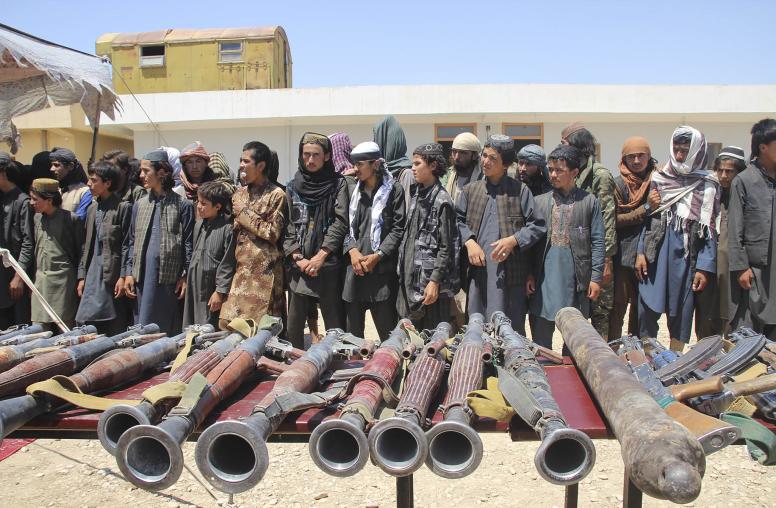Media and Peacebuilding: Trends in 2010 and Looking Ahead to 2011
Associate Vice President of the Center of Innovation for Media, Conflict, and Peacebuilding Sheldon Himelfarb shares his views on technology and media trends of 2010 and predictions for 2011.
 There were three real standouts in 2010, when it comes to media, conflict and peacebuilding. The first is the exciting use of crowdsourced data pulled from multiple platforms -- SMS texts, twitter, mobile phone calls -- combined with mapping and geospatial information systems (GIS) to provide new "ground truth" insights on everything from disaster relief in Haiti to election violence monitoring in Kenya's referendum. Ushahidi was the best known of the pioneers but there are now countless other organizations finding innovative applications for the information provided by nearly ubiquitous mobile phones. Read more about USIP's work with Ushahidi.
There were three real standouts in 2010, when it comes to media, conflict and peacebuilding. The first is the exciting use of crowdsourced data pulled from multiple platforms -- SMS texts, twitter, mobile phone calls -- combined with mapping and geospatial information systems (GIS) to provide new "ground truth" insights on everything from disaster relief in Haiti to election violence monitoring in Kenya's referendum. Ushahidi was the best known of the pioneers but there are now countless other organizations finding innovative applications for the information provided by nearly ubiquitous mobile phones. Read more about USIP's work with Ushahidi.
The second big story of the year, in my view, isn't nearly as welcome as the first. We saw an alarming, almost exponential, rise in the ability of repressive regimes to monitor online and mobile-based information flows. Where the Internet was once a haven for citizen journalists and dissident voices in otherwise closed societies, we saw very effective crackdowns and intimidation of online activists. The media extensively covered Iran, China, and Burma, but it was happening in many more countries as governments invested more resources in their own technical capacities.
Third, we had Wikileaks, the full implications of which are still unclear. It brought to the fore the struggles between transparency and security and participatory media and editorial stewardship that are the hallmarks of the times we live in. Clearly ,we still have a lot more maturing to do as a society when it comes to managing some of the ethical issues that new media can spring on us.
What's Ahead
As for what's ahead for 2011, I think first and foremost we will see innovative efforts to work out some of the impediments we faced in leveraging this brave new world of crowdsourced data. We need better ways of verifying the information as well as protecting the citizens who get engaged.
And speaking of citizen engagement, we could well see a big jump in citizen to citizen diplomacy across this next year, as universities and even high schools step up their efforts to integrate international awareness into their curriculum. We are seeing all sorts of interesting uses of Skype, iChat, and other online video platforms to connect students around the world in meaningful international experiences.
Another frontier will be in using the information from online and mobile platforms in more predictive ways. I think we are going to see governments and others in the conflict management world seeking to do a version of what the corporate world has been working hard at: combining cutting edge analytics with crowdsourced data, to anticipate both needs and events. Already there has been a lot of discussion about mining Facebook chatter, tweets and SMS texts in order to predict where mass violence might occur.
Finally, we will continue the convergence of new and traditional media, like television and radio, but with the added element of smart phones at the center of it all. It won't be long before these mini-computers overtake the mobile phone market even in the most remote places. Most analysts say it is still a few years off, but I'm not so sure when I look at the pace of adoption aleady in places like Afghanistan. And then what happens when TV, radio and the Internet become commonplace on our person? Will we become the best informed societies thanks to the information available, or the most polarized societies as we gravitate to the networks (media and social) that share our biases? I think this where a good old fashioned crystal ball would come in handy.



